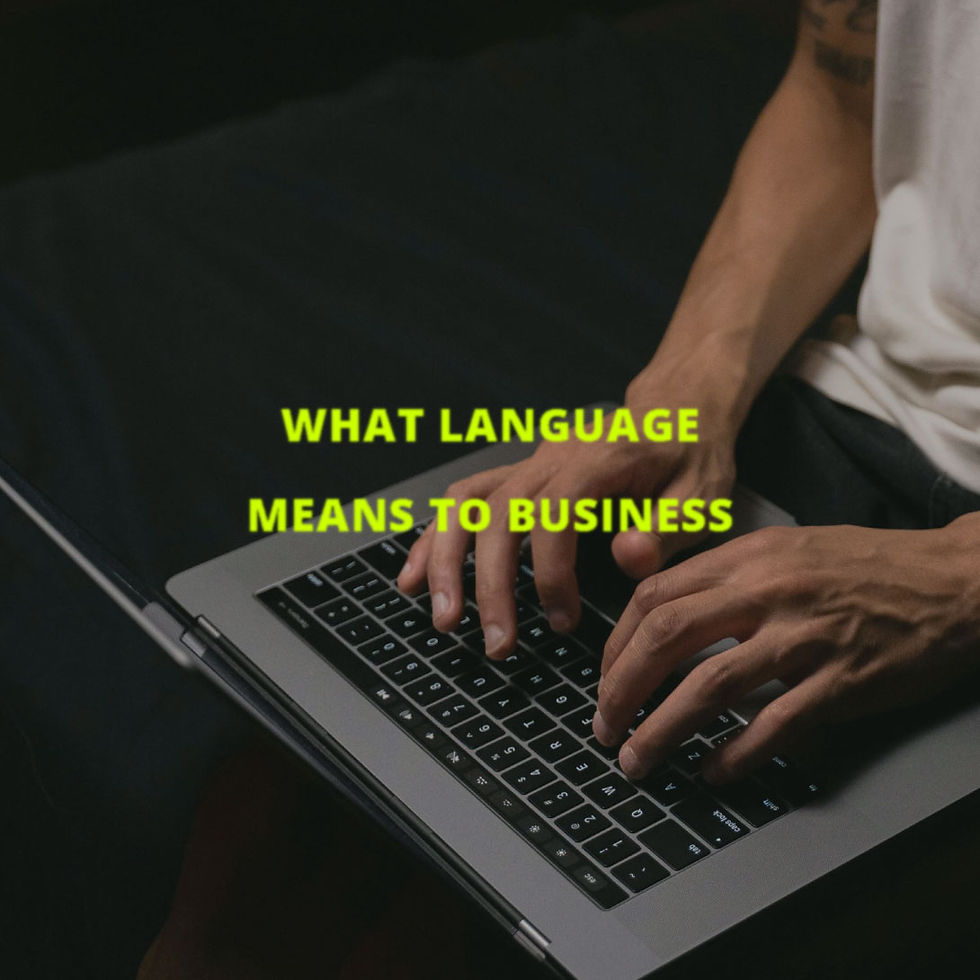- 3 min read

Photo by Pavel Danilyuk
Ever felt like you’re not getting an idea through because it’s beyond the limits of your vocabulary? Or that an idea is not grasped by your audience because it’s not presented with the right words? Clients with internal content teams often approach us with this problem. We create language catalogues that help them stay authentic and efficient in their communications; this is particularly useful for companies that have transient teams. Let’s unpack why language matters so much when sharing ideas.
It’s hard to even imagine interacting and making sense of the world without words. It almost seems that words are the very architecture of ideas. Is it possible to form or communicate ideas without words? You can definitely feel and experience without words. But, experiencing is not the same as deriving an idea. Experiencing music is not the same as processing it and deriving an idea from it.
Oscar Wilde called language “the parent, and not the child, of thought”, suggesting that thinking is shaped by our words.
But, we know artists and musicians who think in image or sound. The mathematical genius Daniel Tammet processes numbers by thinking in landscapes. Other interesting evidence is in how hearing-impaired people, who are cut off from both spoken and signed language, form ideas without the help of words.
Mundurucú, a remote Brazilian tribe, has only words for numbers up to five. When studying their capacity to understand the concept of a number higher than five, it became evident that for many Mundurucú, the idea of greater than five was a difficult one to grasp. Although some showed signs of understanding the idea of ‘something bigger than this’, they were quick to categorize it as ‘a lot’, rather than attempting to define it more specifically.
We can certainly process an idea without words; using comparison, physical memories and associations with shapes, and colors, perhaps even symbols, sound, and movement. However, some ideas can only be conceived in the presence of the word.
Mundurucú’s limitedness in grasping simple numerical concepts shows that although ideas can be actively processed without words, they may not be fully understood in such cases. Certain ideas or concepts— most certainly numerical ones, as the study with Mundurucú suggests— cannot be grasped fully without the clarity and definition that a word would lend. That is to say, there are certain kinds of thinking that are possible only with words.
So, what does this mean for businesses? Words help us quickly define and zoom in and out of ideas. Access to a vocabulary that accurately portrays the origins and cultural associations of the business, and considers relatability with the audience means efficiency in communicating. It also means consistency in vocabulary, creating the ‘brand voice’ or the persona that audiences emotionally connect with.
When we work with businesses that have internal communication teams—often transient as employees move in and out of the company—we create brand language catalogues. A brand language catalogue helps ideas to be communicated without being limited to the individual vocabulary or linguistic expressions of the employee handling the content creation at the time. They’re story-building tools that help businesses stay efficient and consistent.
We also create visual language catalogues to create sharable boards that portray the look and feel of a business using imagery. But, this insight story is only about written and spoken language.
Let’s decode the function of a language catalogue using this example that we created for Podi Scene documentary film promotions. When we create language catalogues we first have a quick conversation with the client and do a little research on their platforms to find out the typical correspondence that they have with the audience. Depending on the research insights and the client's brief on the requirement, we identify what types of language samples would be most useful to their company. In the case of Podi Scene, we prioritized descriptions for aesthetics, moods, qualities and experiences because it is a brand that often expresses appreciation. We also paid close attention to language for handling complaints because it was important for Podi Scene to maintain good relationships with people from diverse viewpoints and backgrounds as they interacted with the film and the ideas it highlighted.
A brand language catalogue is essentially a collection of written and spoken language that allows you quick access to categorized sections like greetings and sample responses to compliments or complaints. It’s like having a toolbox at hand’s reach for building narrated or written content while staying on-brand with language.
If you want to learn more about how we can help your business coin the language that’s right for it, get in touch.

